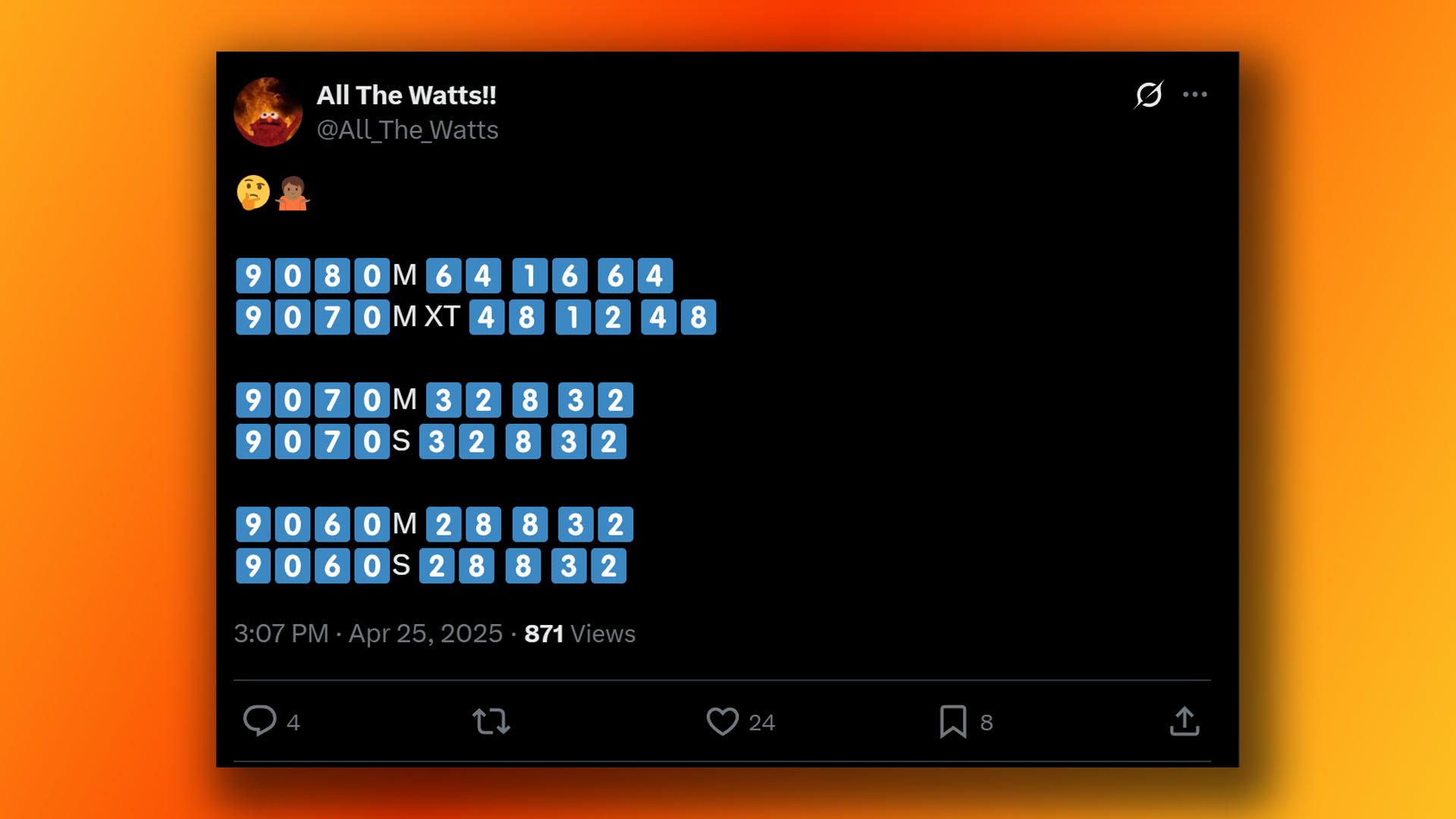## Hold Your Horses, Gamers: The Rumored Radeon RX 9080 Might Not Be the Upgrade You Expected
The rumor mill is churning, folks, and this time it’s spitting out whispers of an AMD Radeon RX 9080. Exciting, right? A new powerhouse GPU ready to obliterate frame rates and push visual fidelity to the next level? Well, hold your horses, because there’s a hitch.

The RX 9080M: A Closer Look
Performance Expectations

The rumored specifications for the RX 9080M, pegged at 64 compute units and 16GB of VRAM, align closely with those of the desktop Radeon RX 9070 XT. This suggests a potentially powerful mobile GPU, capable of delivering high frame rates at 1440p and even 4K resolutions with appropriate settings. However, it’s crucial to remember that mobile GPUs face inherent limitations due to thermal constraints and power draw. AMD will need to carefully manage these factors to ensure optimal performance without overheating the laptop.
Target Market
Gamestanza anticipates that the RX 9080M will be integrated into high-end gaming laptops, targeting enthusiasts and professionals who demand the best possible graphical fidelity and performance on the go. Laptops featuring this GPU would likely command a premium price, reflecting the cutting-edge technology and performance capabilities.
Price and Availability
As this information stems from leaks, concrete details regarding pricing and launch date remain elusive. However, based on the performance level suggested, we expect the RX 9080M to be positioned at a similar price point as the desktop RX 9070 XT, potentially starting around $700-$800 in laptop configurations. Availability is also speculative, but a release alongside new AMD RDNA 4-based laptops in late 2023 or early 2024 seems plausible.
Other Mobile GPUs in the Rumored Lineup
RX 9070M and 9070M XT: Exploring the Potential Performance and VRAM Variations
In addition to the RX 9080M, the leak suggests the existence of two RX 9070M variants: a standard 9070M and a more powerful 9070M XT. While the exact specifications for both remain unclear, the 9070M XT is rumored to have 48 compute units and 12GB of VRAM, potentially offering a compelling middle ground between raw power and cost-effectiveness. The standard 9070M, with its 32 compute units and 8GB of VRAM, may target a more budget-conscious segment, emphasizing accessibility over top-tier performance.
RX 9060M and 9060S: Analyzing the Lower-End Options and Their Target Audience
Further down the rumored lineup are the RX 9060M and 9060S. These GPUs, with 28 compute units and 8GB of VRAM, likely aim to provide a balance of performance and affordability for mainstream gamers. Laptops featuring these GPUs would likely be positioned as entry-level gaming devices, accessible to a broader audience without sacrificing essential gaming capabilities.
Implications for the Mobile Gaming Landscape
The potential arrival of AMD’s new RDNA 4-based mobile GPUs, particularly the RX 9080M, could significantly impact the mobile gaming landscape. AMD’s powerful desktop GPUs have consistently challenged Nvidia’s dominance, and their foray into the mobile market with potentially competitive offerings could shake up the status quo. Gamestanza will be closely monitoring developments in this space and providing in-depth coverage of these new GPUs as more information becomes available.
Conclusion
So there you have it – the rumors swirling around an AMD Radeon RX 9080 are tantalizing, promising a potential powerhouse capable of pushing graphical boundaries. Yet, the potential catch – the reliance on older, pre-existing architecture – casts a shadow of uncertainty. While a 9080 built on RDNA 3 might seem like a logical leap, the reported focus on existing tech suggests AMD might be playing a different game. Are they aiming to offer a more affordable alternative to the RTX 4080, or are they strategically positioning themselves for a grand reveal of a truly next-gen RDNA 4 architecture later down the line? This potential delay in fully embracing a new generation could have significant implications for the GPU landscape. Will NVIDIA continue to dominate the high-end market with their RTX 40 series, or will AMD’s cost-effective RDNA 3-based 9080 carve out a space for itself? The answer remains shrouded in speculation, but one thing is clear: the coming months will be crucial in shaping the future of PC gaming. Gamers will be watching closely, analyzing benchmarks, and weighing the pros and cons of each offering. This isn’t just about a new graphics card; it’s about the direction the entire industry is heading. Are we on the cusp of a new era of visual fidelity, or will the pursuit of affordability limit our progress? Only time will tell.
